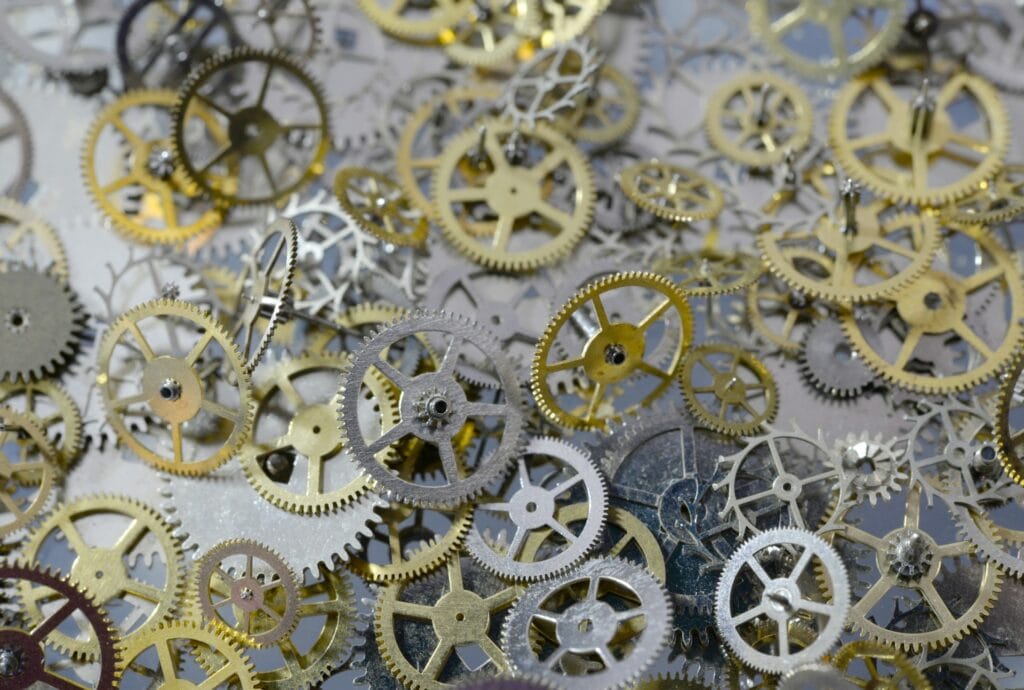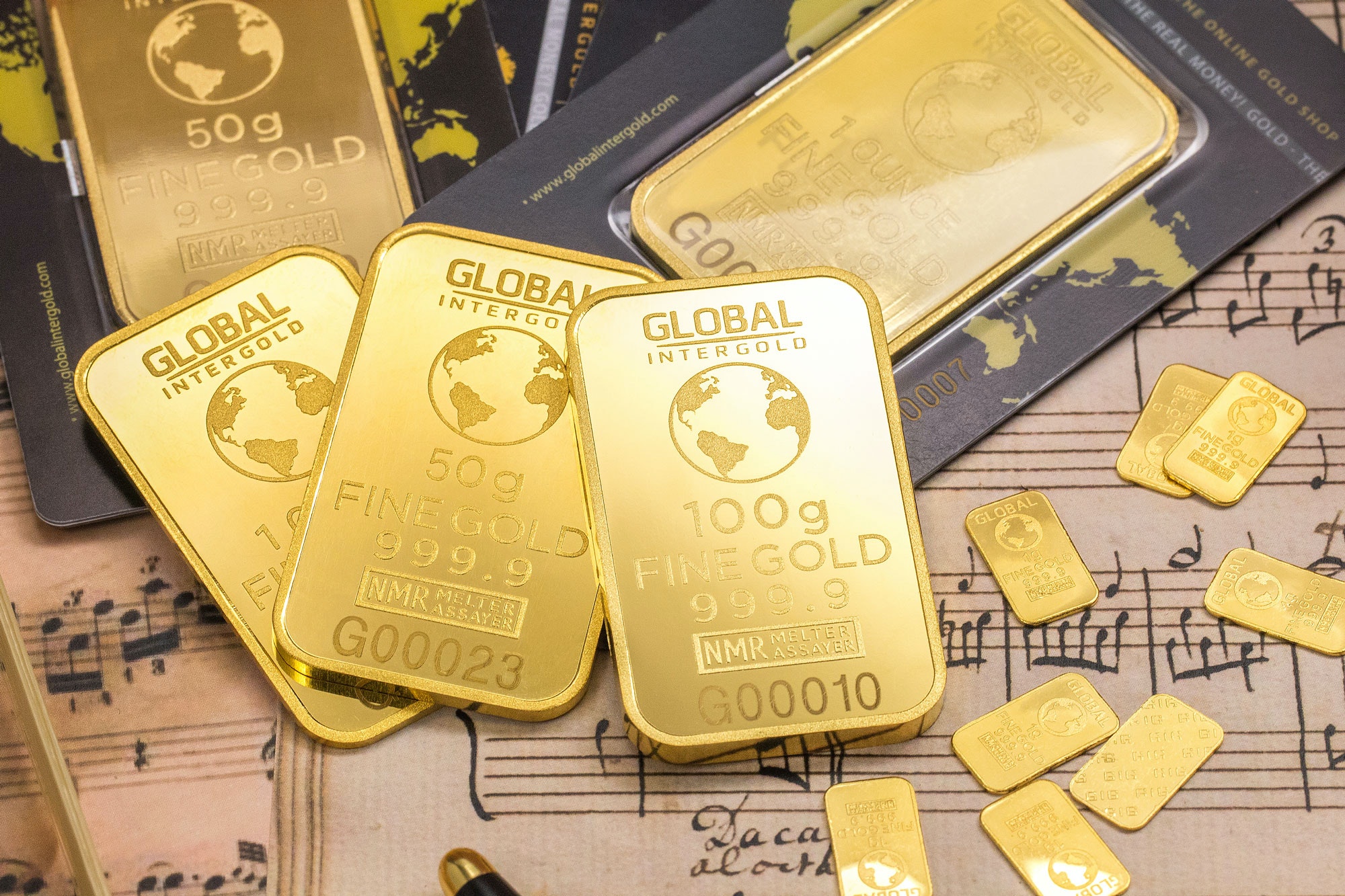A Guide To Precious Metal Scrap
Precious metal scrap plays an important role in the recycling and materials industry. This guide explores the different aspects of precious metal scrap, its significance, sources, recycling processes, and future trends.
Precious metals such as gold, silver, platinum, and palladium are valuable resources that can be reclaimed and reused, reducing the need for mining and benefiting both the economy and the environment.
Types of Precious Metals

Gold
Gold is one of the most sought-after precious metals in the world. It is used extensively in jewelry, electronics, and as a financial asset in the form of coins and bars. The high value of gold makes it a prime target for recycling.
Silver
Silver is widely used in industrial applications, including electronics, chemical catalysts, and sputtering targets. Silver’s conductivity and reflective properties make it essential in numerous industries.
Platinum
Platinum is another highly valuable precious metal, primarily used in automotive catalytic converters, industrial applications, and jewelry. Its scarcity and unique properties make it a critical component in various high-tech processes.
Palladium
Palladium is a key material in the automotive industry, particularly in catalytic converters. It also finds applications in electronics and jewelry, similar to platinum.
Sources of Precious Metal Scrap
Electronics
Old computers, cell phones, and other electronic devices are rich sources of precious metal scrap. Components such as circuit boards contain gold, silver, and palladium.
Jewelry
Scrap from broken or outdated jewelry is a significant source of precious metals. Gold, silver, and platinum can be reclaimed from these items.
Industrial Waste
Many industries generate scrap that contains precious metals. Chemical catalysts, sputtering targets, and industrial machinery often contain rhodium, platinum, and other valuable materials.
Automotive Catalysts
The automotive industry generates precious metal scrap from catalytic converters, which contain platinum, palladium, and sometimes rhodium.
Process of Recycling Precious Metal Scrap
Collection
The first step in recycling precious metal scrap is collection. Businesses and individuals collect scrap from various sources, such as electronics, jewelry, and industrial waste. Effective collection methods include drop-off points and specialized recycling programs.
Sorting and Grading
Once collected, the scrap is sorted and graded based on the type and quality of the metals. This step ensures that different materials are separated efficiently for further processing.
Refining
The refining process involves extracting precious metals from the collected scrap. Methods such as chemical refining, smelting, and electrolysis are used to purify the metals. Refining is a crucial step to ensure that the reclaimed metals are of high quality and suitable for reuse in various industries.
Economic and Environmental Impact
Economic Benefits
Recycling precious metal scrap offers significant economic benefits. It reduces the need for mining, lowers production costs, and provides businesses with a source of high-value materials. This industry also creates jobs and stimulates economic growth by supporting a wide range of recycling and processing operations.
Environmental Benefits
From an environmental perspective, recycling precious metal scrap helps conserve natural resources and reduces the environmental footprint associated with mining and metal production. It minimizes waste, lowers energy consumption, and decreases pollution.
Challenges in Precious Metal Scrap Recycling
Contamination
One of the major challenges in recycling precious metal scrap is contamination. Scrap materials often contain impurities that must be removed during the refining process. This can increase costs and complicate the recycling process.
Market Fluctuations
The market value of precious metals can fluctuate significantly, affecting the profitability of recycling operations. Businesses must navigate these fluctuations to maintain a sustainable and profitable recycling process.
Technological Barriers
Advanced recycling and refining technologies are required to efficiently extract and purify precious metals from scrap. Developing and implementing these technologies can be costly and require continuous innovation.
Future Trends in Precious Metal Scrap Recycling
Technological Advancements
Advancements in recycling technology, such as automated sorting systems and improved refining methods, are set to enhance the efficiency and effectiveness of precious metal scrap recycling. These innovations will help reduce costs and improve the quality of reclaimed metals.
Increased Awareness and Participation
As awareness of the economic and environmental benefits of recycling grows, more businesses and individuals are likely to participate in recycling programs. This increased participation will boost the supply of precious metal scrap and support the growth of the recycling industry.
Sustainable Practices
The focus on sustainability is driving the adoption of more eco-friendly recycling practices. Businesses are investing in green technologies and processes to minimize their environmental impact and promote sustainable development.
Final Points
Recycling precious metal scrap is a vital process that supports economic growth, conserves natural resources, and protects the environment.
By understanding the types, sources, and processes involved in recycling these valuable materials, businesses and individuals can contribute to a more sustainable future. As technological advancements and sustainable practices continue to evolve, the precious metal scrap recycling industry is poised for significant growth and innovation.

